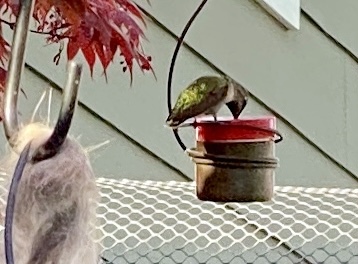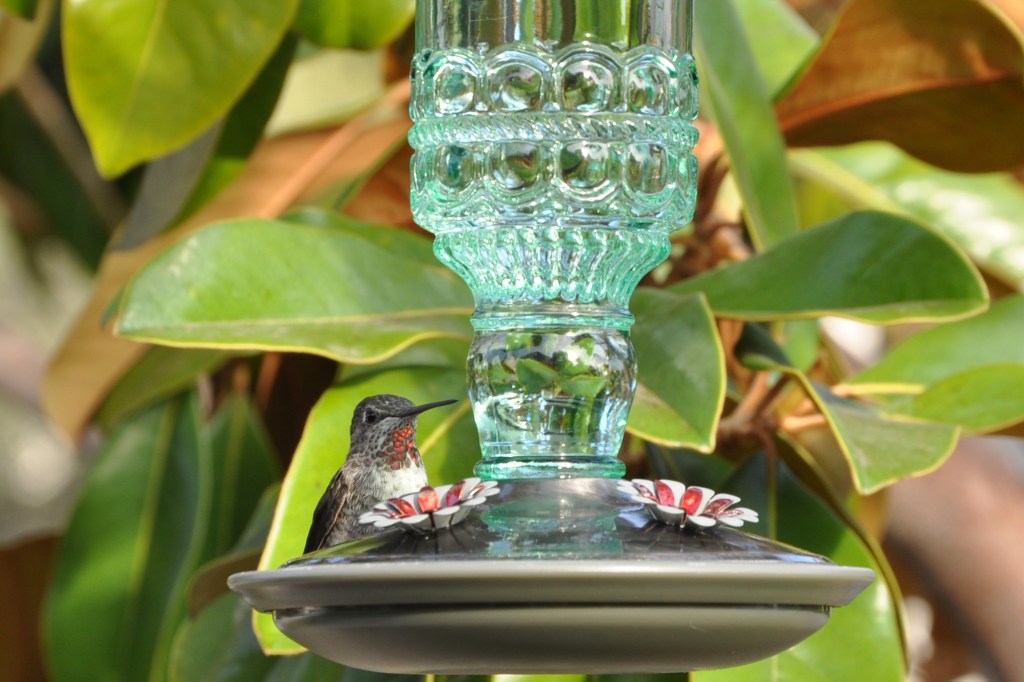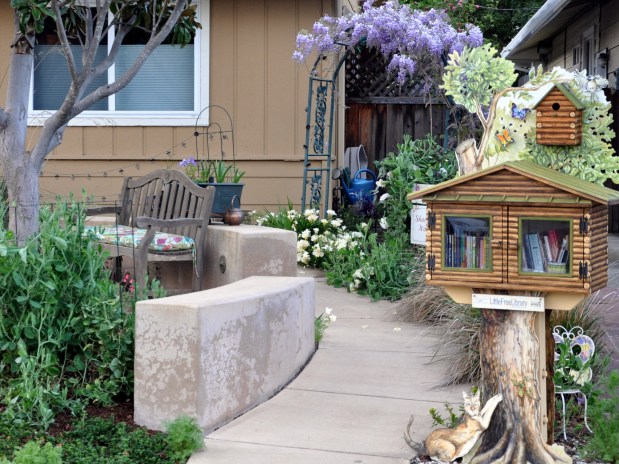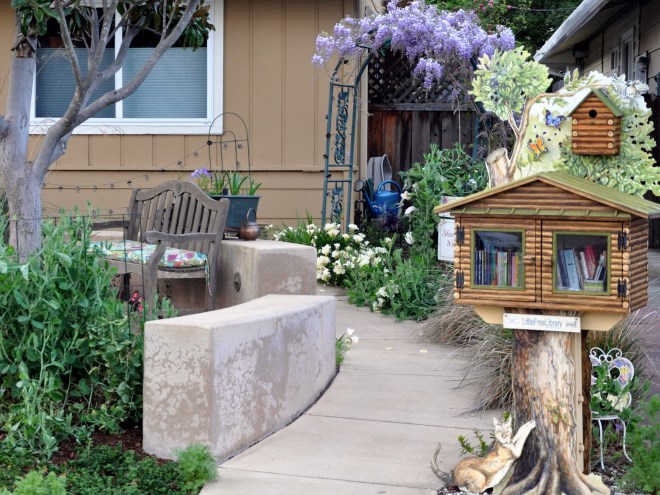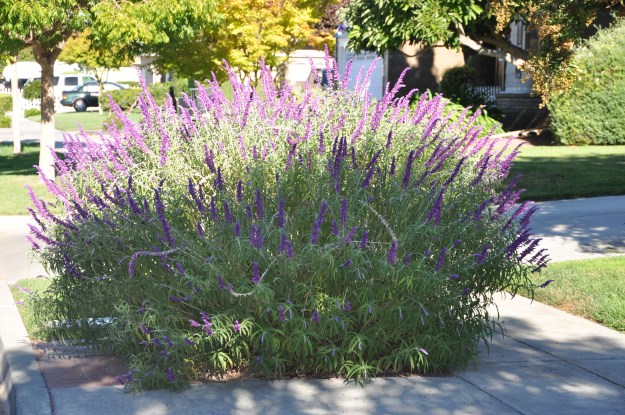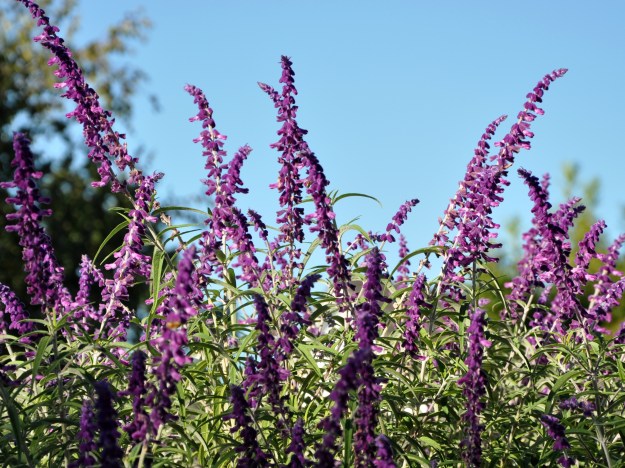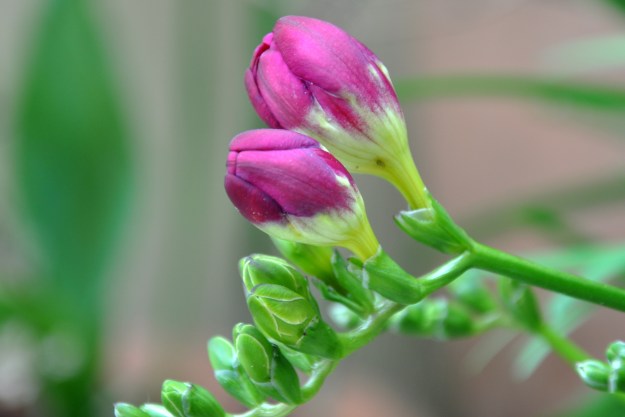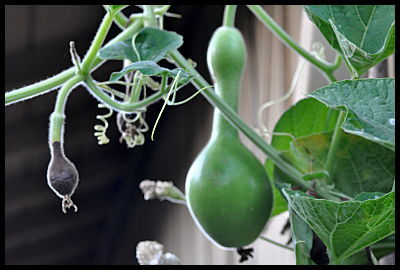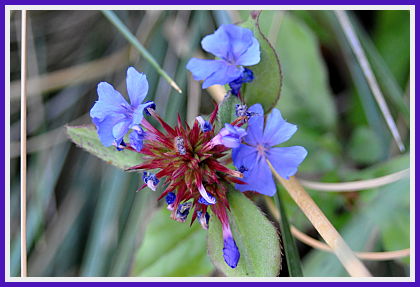I’m joining one of my favorite bloggers this week for her Week of Flowers, 2021. Cathy lives in Bavaria and blogs at Words and Herbs. Her garden is stunning. Cathy is inviting all of us to share a bit of color/colour during these dark and difficult times. She wrote:
Last year my Week of Flowers 2020 was such a success, with so many people from around the world joining me and posting wonderful colourful photos from their gardens. It really did me good, and the feedback was amazing. Let’s do it again! All you have to do to join in is post one flowery photo a day, for a week, starting from Wednesday 1st December, 2021. Put a link to your post in the comments section on my daily post, and turn on the sunshine!
Cathy – Words and herbs
Today’s post features vibrant shades of purple. It’s fun revisiting these blooms from earlier this year.

These lovelies bloom in the early days of spring, looking gorgeous as buds and flowers. It lifts my spirits looking at them, knowing they’ll come around again and again.

Salvia is part of the sage family. The shrub grows well in our semi-arid climate, requiring minimal water once established. It provides a lovely infusion of color all summer.

My final flower of the day is (I think) a Scabiosa. Please correct me if I’m wrong. This one grows in my curb garden, mixing in with a variety of summer bloomers.
Purple is my sister’s favorite color, so it continues to remind me of her. This post is for you Sharon.
Thank you, Cathy, for inviting bloggers around the world to share in the fun.






